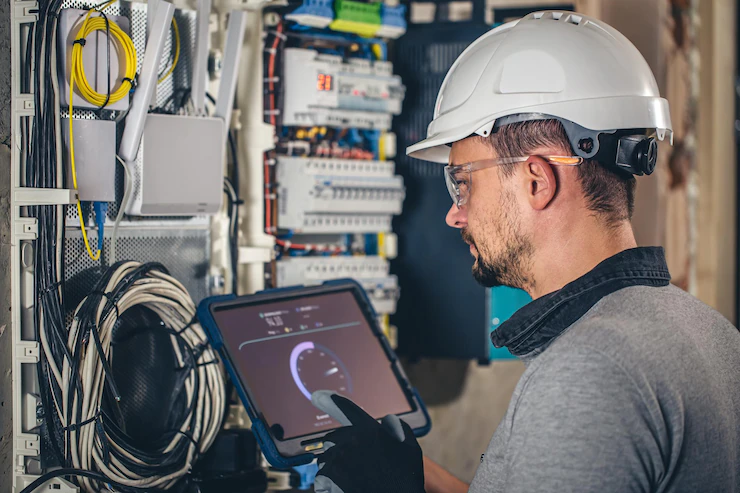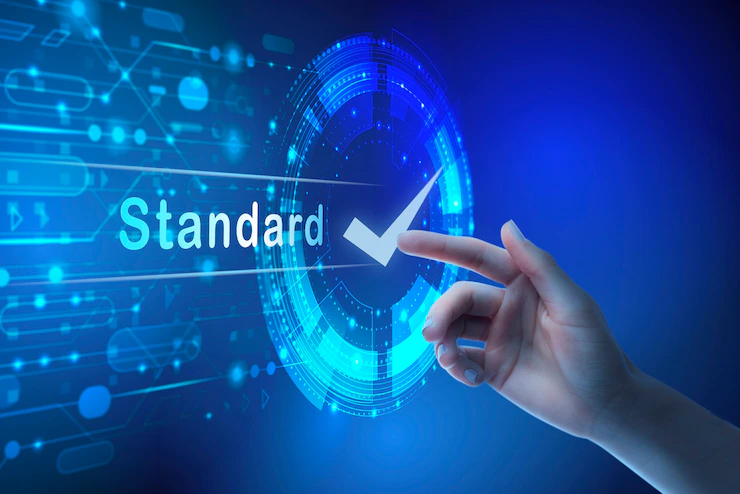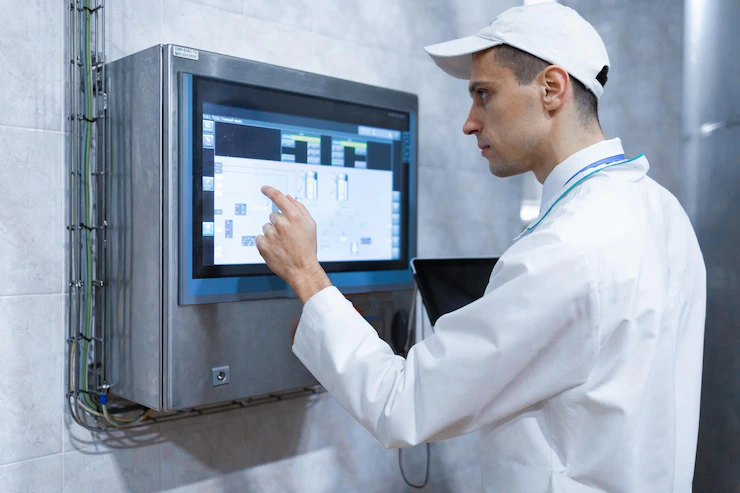In the modern age, where technology reigns supreme and national security is paramount, defense and government projects hold a special significance. These projects encompass a wide range of initiatives, from military installations to critical infrastructure, all aimed at safeguarding a nation’s interests.
At the core of these endeavors lies the integration of switchgear solutions—a complex process laden with challenges that demand innovative solutions. In this blog, we delve into the multifaceted world of defense and government switchgear integration, exploring the hurdles faced and presenting forward-thinking approaches to overcome them.

The Challenges in Integrating Switchgear Solutions:
Security Concerns:

At the heart of defense and government projects lies the need for stringent security measures. Switchgear integration in such contexts must not only prioritize the reliability and continuity of power supply but also ensure protection against cyber threats, unauthorized access, and tampering. The interconnected nature of modern defense infrastructure leaves it vulnerable to cyberattacks, emphasizing the need for robust security measures.
Scalability:

Defense and government projects are often large and complex undertakings, necessitating the integration of switchgear solutions that can scale seamlessly. The challenge lies in designing systems that can adapt to evolving needs without compromising reliability or efficiency.
Whether it’s accommodating new installations, expanding existing facilities, or incorporating advanced technologies, the integration process must be flexible enough to handle these changes.
Regulatory Compliance:

The defense and government sectors are subjected to stringent regulations and standards to ensure operational integrity and safety. Integrating switchgear solutions that adhere to these regulations while also meeting the unique demands of each project can be a complex task. Failure to meet compliance standards could result in severe consequences, making this challenge one of paramount importance.
Innovative Solutions for Seamless Integration:
Advanced Cybersecurity Protocols:

To address security concerns, the integration of advanced cybersecurity protocols becomes imperative. Implementing encryption, multi-factor authentication, intrusion detection systems, and continuous monitoring can help safeguard defense and government switchgear systems against cyber threats. Furthermore, the development of closed-loop networks that are isolated from the internet can prevent external infiltration.
Modular and Scalable Design:

Overcoming scalability challenges requires the adoption of modular and scalable design principles. By building switchgear systems using modular components, it becomes easier to add or replace elements as project requirements evolve. This approach also aids in minimizing downtime during expansions or upgrades, ensuring uninterrupted operations.
Comprehensive Testing and Simulation:

Regulatory compliance is non-negotiable in defense and government projects. To meet these standards, thorough testing and simulation of switchgear systems are essential. The use of advanced simulation tools can help identify potential issues, ensure the system meets regulatory requirements, and validate its performance under various scenarios before deployment.
Interoperability and Standardization:

In a sector where collaboration is crucial, ensuring interoperability and standardization of switchgear solutions across different components and systems is vital. By adhering to widely accepted standards, defense and government projects can reduce compatibility issues and simplify the integration process.
Continuous Monitoring and Predictive Maintenance:

Maintaining the integrity of switchgear systems is an ongoing task. Implementing continuous monitoring through sensors and data analytics can provide real-time insights into system health. Predictive maintenance strategies can identify potential faults before they escalate, minimizing downtime and enhancing the overall reliability of the system.
In conclusion,
The challenges faced in integrating switchgear solutions for defense and government projects are undoubtedly complex, but they are not insurmountable. By leveraging innovative solutions such as advanced cybersecurity measures, modular design, comprehensive testing, interoperability standards, and predictive maintenance, these challenges can be met head-on.
The result will be seamless, efficient, and secure switchgear integration that supports the vital missions of defense and government initiatives, ensuring the safety and prosperity of nations in an increasingly interconnected world.
As we peer into the horizon of this dynamic field, a few future trends become apparent. The increasing integration of artificial intelligence (AI) and machine learning (ML) into switchgear systems stands out as a potential game-changer.
These technologies can enhance system monitoring, fault prediction, and decision-making, thereby elevating the reliability and responsiveness of defense and government infrastructure.
Moreover, the move toward sustainable solutions is gaining traction. Renewable energy integration and energy storage technologies are likely to shape the future of switchgear systems, aligning with global sustainability goals and reducing the carbon footprint of these projects.


Thanks for sharing. I read many of your blog posts, cool, your blog is very good.